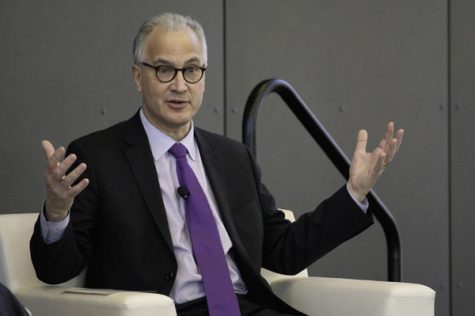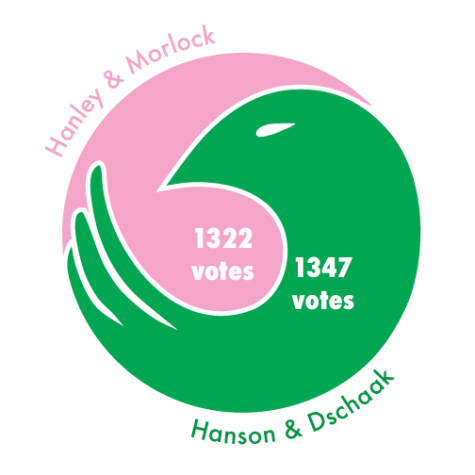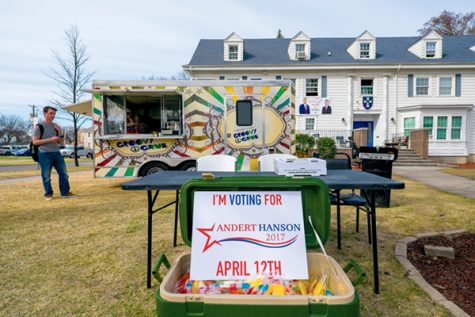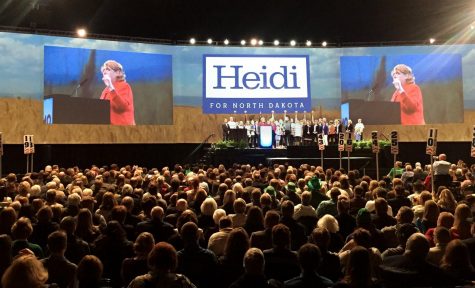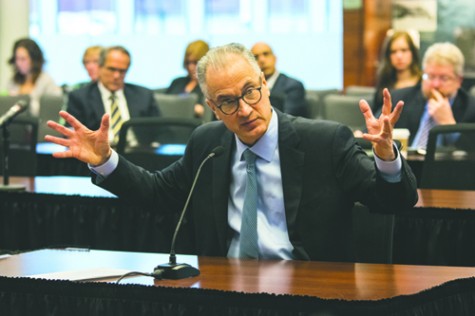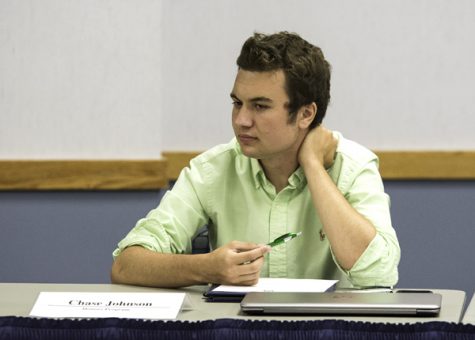The state of recycling in Grand Forks
10 years ago we made a promise to be a “Green City” – how have we done?
October 15, 2017
10 years ago, Grand Forks Mayor Michael Brown signed the U.S. Conference of Mayors’ Climate Protection Agreement, making the City of Grand Forks a “Green City.”
In signing this agreement, Grand Forks agreed to “strive to meet or exceed Kyoto Protocol targets for reducing global warming pollution by taking actions in our own operations and communities (…),” including reducing greenhouse emissions and increasing recycling rates.
However, signing this agreement didn’t actually require Grand Forks to meet any environmental goals or objectives.
In essence, the agreement signified unity amongst various U.S. cities to urge the U.S. Congress to set their own specific environmental goals on a national scale.
According to LeahRae Amundson, the Public Works Operations Director for the City of Grand Forks, between 35 to 50 percent of Grand Forks’ over 12,000 single family residences participate in regular bi-weekly recycling pickup. On a broader scale, 70 percent of residencies partake in some form of recycling in the form of curbside pickup, drop site programs, seasonal events and take back programs.
Of the nearly 12,000 apartment units in Grand Forks, about 33 percent participate in recycling activities available at their building or drop sites
Less than half of any residency category regularly partakes in the “Green City” initiative of Grand Forks. This lack of enthusiasm towards recycling is underlined by the fact that the city offers only four drop off sites.
In comparison, Bismarck has nine drop sites of its own, and both North and South Fargo each have four. If the drop site accepts yard waste, the Fargo total jumps to 14. Bismarck and Fargo are also members of the U.S. Conference of Mayors’ Climate Protection Agreement.
There was a time when Grand Forks was taking the lead in recycling efforts in North Dakota. In 1990, the city became the first in the state to offer curbside recycling. Since then, tonnage in recycling has increased 63 percent. According to Amundson, that number is starting to level out.
“This is typical of the industry and the number of years with the program,” Amundson said. “There are several factors related to recycling being measured by the ton in that packaging has gotten much lighter as manufacturers can cut costs related to the packing manufacturing and also the shipping costs related to bulk packaging.”
Amundson said recyclers are transitioning to measuring carbon reduction as a means of communicating the value of recycling. Recycling mass has been affected by companies streamlining material in the packaging process.
“All components of the programs are affected by market forces, capital and O&M costs, level of service customer demands, funding availability, and regional partnerships affecting volumes and cost efficiencies,” Amundson said, “So each city and/or region looks at all those factors to determine the most affordable and sustainable system.”
Improvements to the city’s recycling efforts rely on individuals making it clear that recycling should be a higher priority. These methods include residencies signing up for curbside pickups, contacting apartment complexes requesting recycling opportunities or reaching out to the city requesting an increase in collected commodities.
Jacob Noterman is a news writer for Dakota Student. He can be reached at [email protected]


